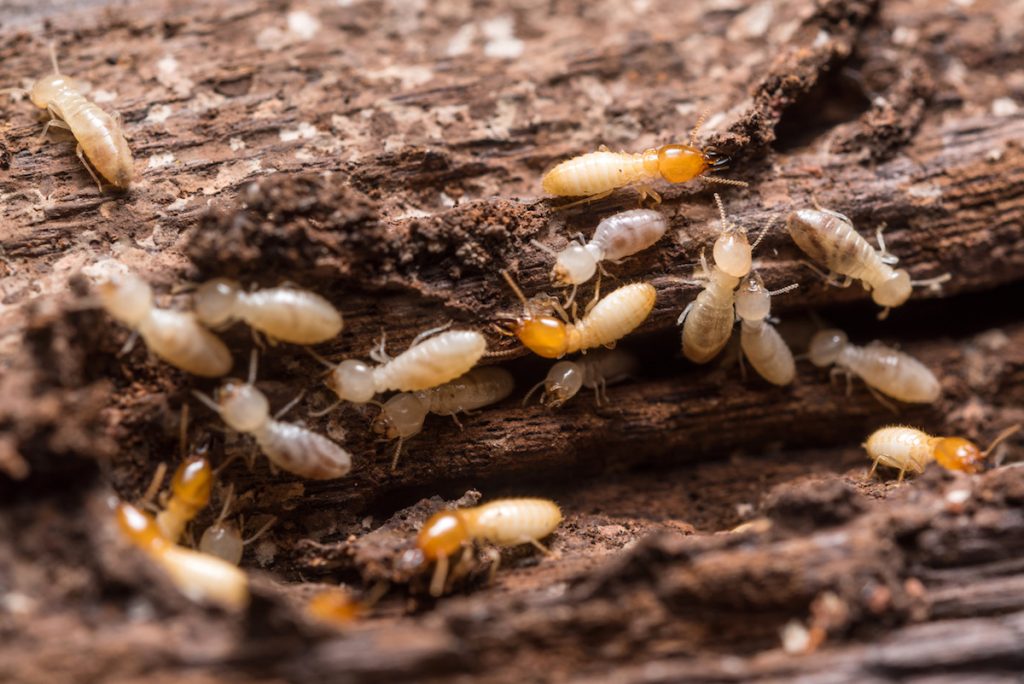Termites are one of the most important species of insects in Oregon. They play a vital role in the local ecology, providing food for many animals, aerating the soil and helping to break down organic matter. In this article, we will uncover the secret of termites in Oregon, exploring the different species, the habitats they inhabit, the effects they have on the environment and the ways in which they can be managed.
Types of Termites in Oregon
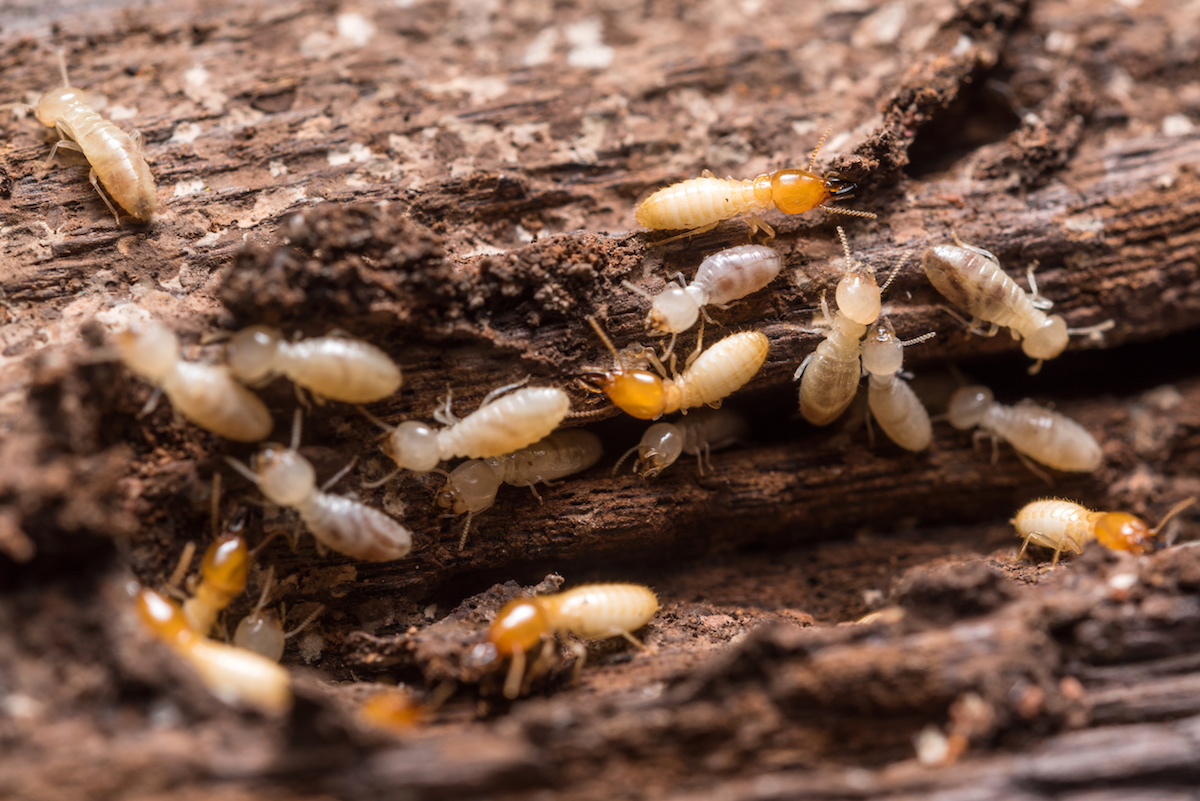
| Termite | Location in Oregon |
|---|---|
| Dampwood Termite | Throughout Oregon |
| Drywood Termite | Southwest and South-Central Oregon |
| Subterranean Termites | Throughout Oregon |
| Formosan Subterranean Termite | Coastal Oregon |
There are four main types of termites found in Oregon: dampwood termites, drywood termites, subterranean termites, and Formosan subterranean termites. Dampwood termites are found throughout Oregon and prefer damp areas, such as decaying logs and stumps, and can also be found in homes. Drywood termites are found in southwest and south-central Oregon and live inside dry, dead wood. Subterranean termites are found throughout Oregon and live in the soil, often infesting wood that is in contact with the ground. Formosan subterranean termites are found in coastal Oregon and are more aggressive than other species.
Signs of Termites in Oregon
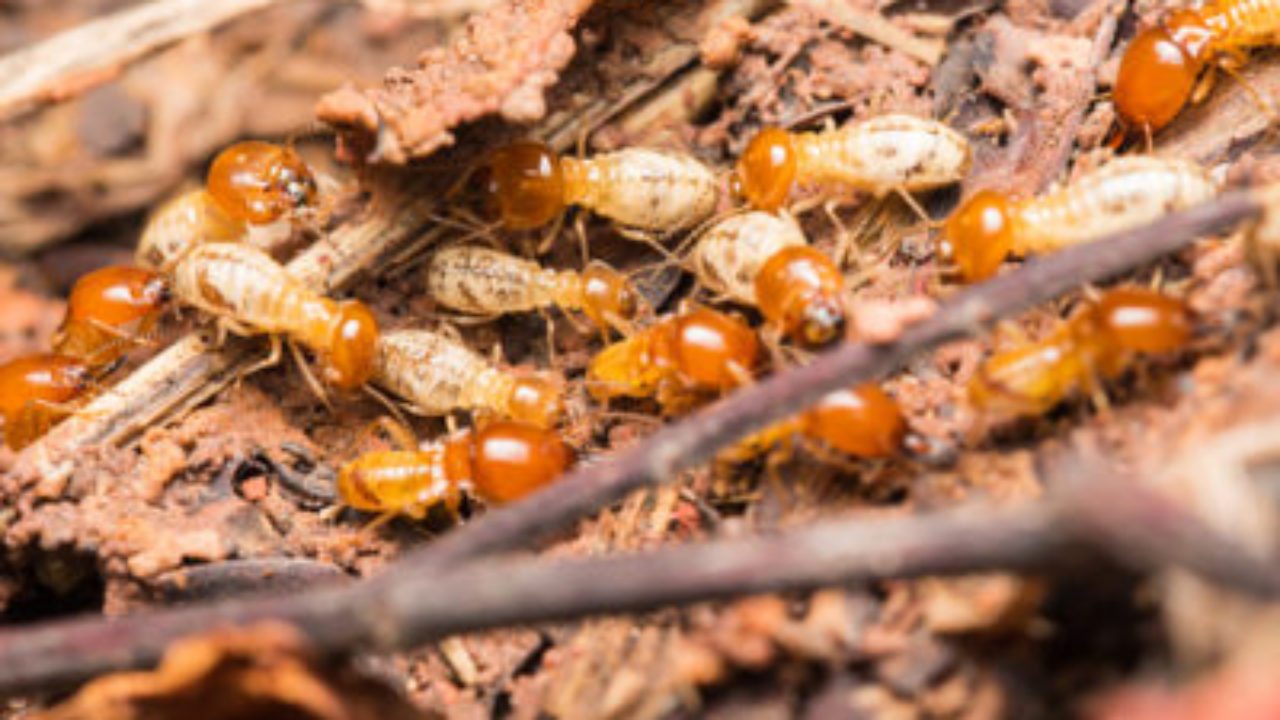
- Mud tubes along baseboards and walls
- Discarded wings of swarmers
- Soft, easily pierced wood
- Small, pinpoint holes in wood
- Blistered or bubbling paint on wood surfaces
- Tight-fitting doors or windows
- Crumbling or damaged drywall
- Sagging or loose floorboards
- Shed wings from swarmers
- Visible termites or termite nests
Prevention of Termites in Oregon
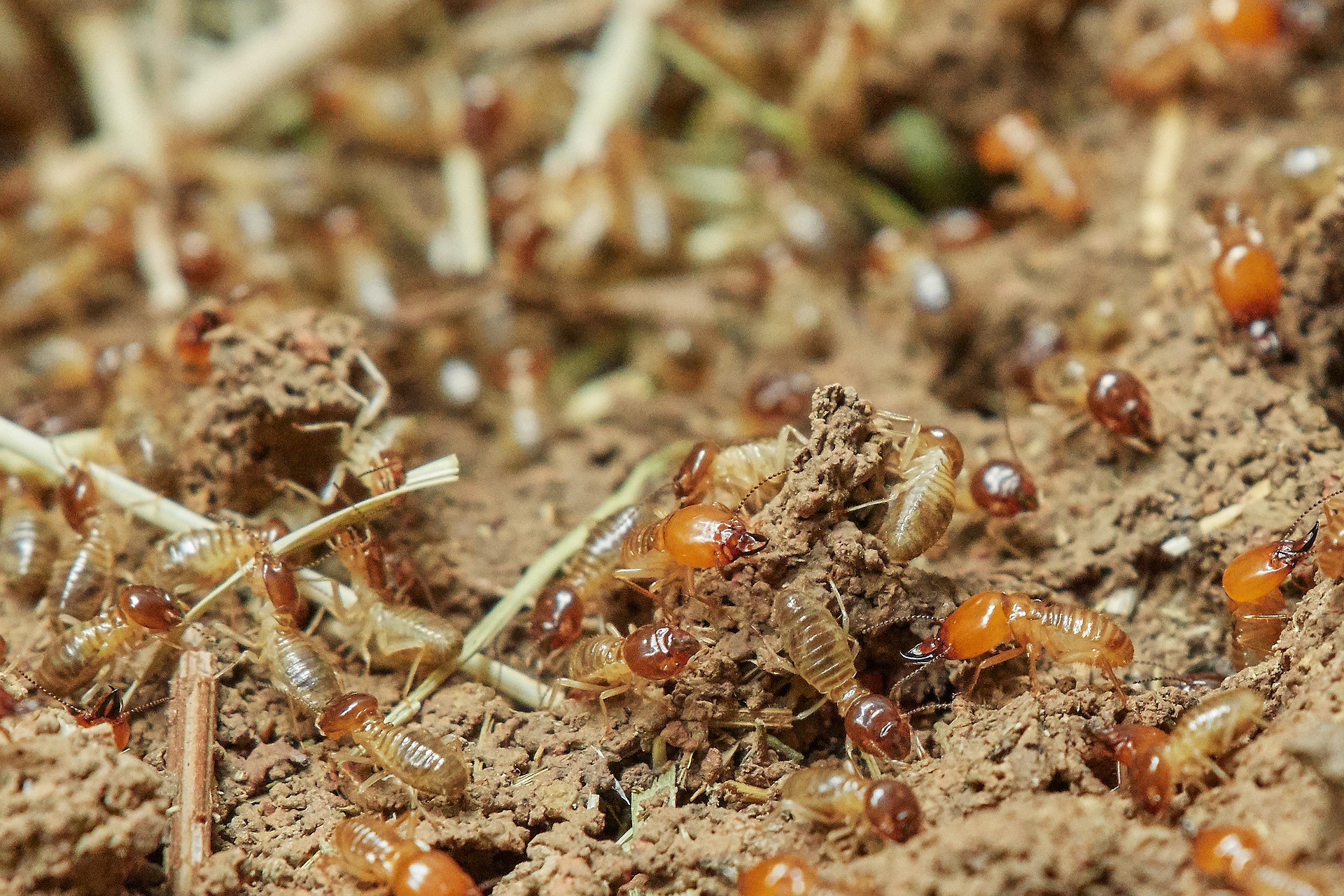
| Steps | Description |
|---|---|
| 1. Reduce Moisture | Check for plumbing leaks and repair promptly. Make sure downspouts and gutters are in good condition and discharge away from the building. Keep soil and mulch away from the foundation. |
| 2. Remove Wood Debris | Remove wood debris from around the building. Store firewood and lumber away from the foundation. |
| 3. Caulk and Seal Gaps | Caulk and seal around windows, door frames, sill plates, and other points of entry. Inspect and repair or replace any damaged or missing weather stripping. |
| 4. Remove Vegetation | Remove vegetation from around the foundation. Keep grass trimmed and remove any standing water from the yard. |
| 5. Professional Termite Treatment | Have a professional termite control company inspect the property and treat it with a liquid or bait system if necessary. |
Preventing termites in Oregon is important for maintaining the structural integrity of buildings. To prevent termites, reduce moisture around the building, remove wood debris and vegetation, caulk and seal gaps, and consider a professional termite treatment.
Treatment of Termites in Oregon
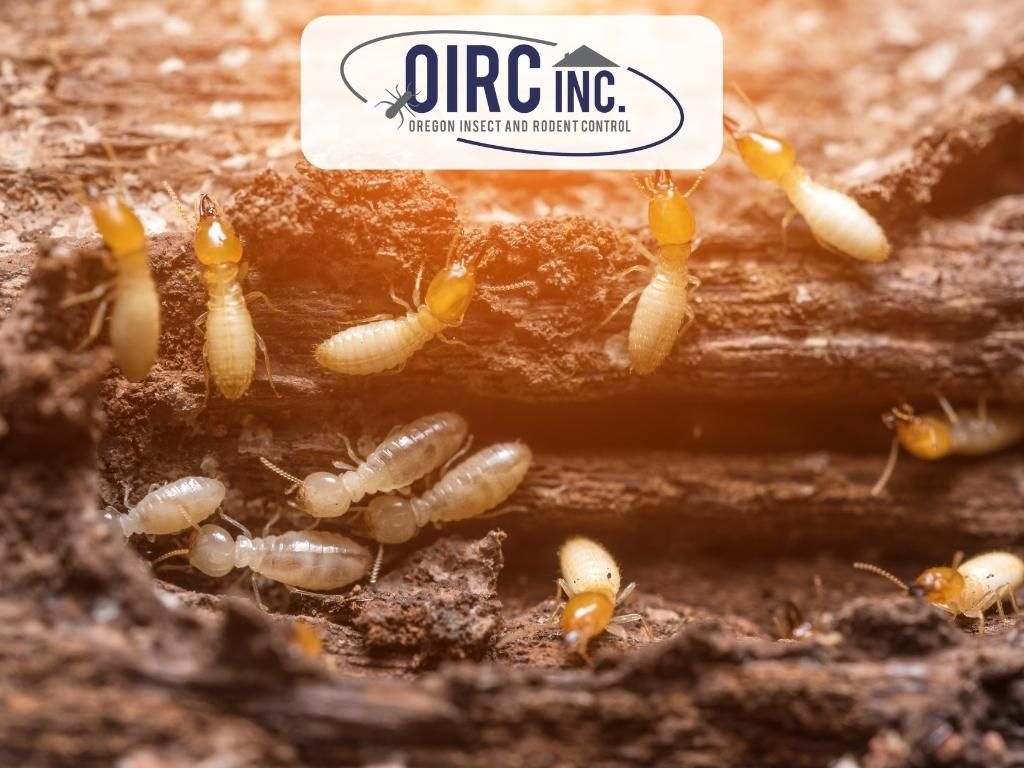
- Termite treatments in Oregon should be conducted by a licensed pest control professional.
- The most common form of treatment is a liquid termiticide barrier treatment, which involves applying a chemical solution to the soil around the structure to create a barrier that is lethal to termites.
- Baiting systems are also becoming more popular in Oregon, as they are a low-toxicity option that works by attracting termites and then killing them with a slow-acting toxin.
- Treatment plans should be tailored to the individual structure and its unique pest problems.
- Existing infestations should be treated with both a liquid termiticide and baiting system.
- Regular inspections should be conducted to ensure that the treatment is working and that there are no new termite colonies.
Termites and Their Habitats in Oregon
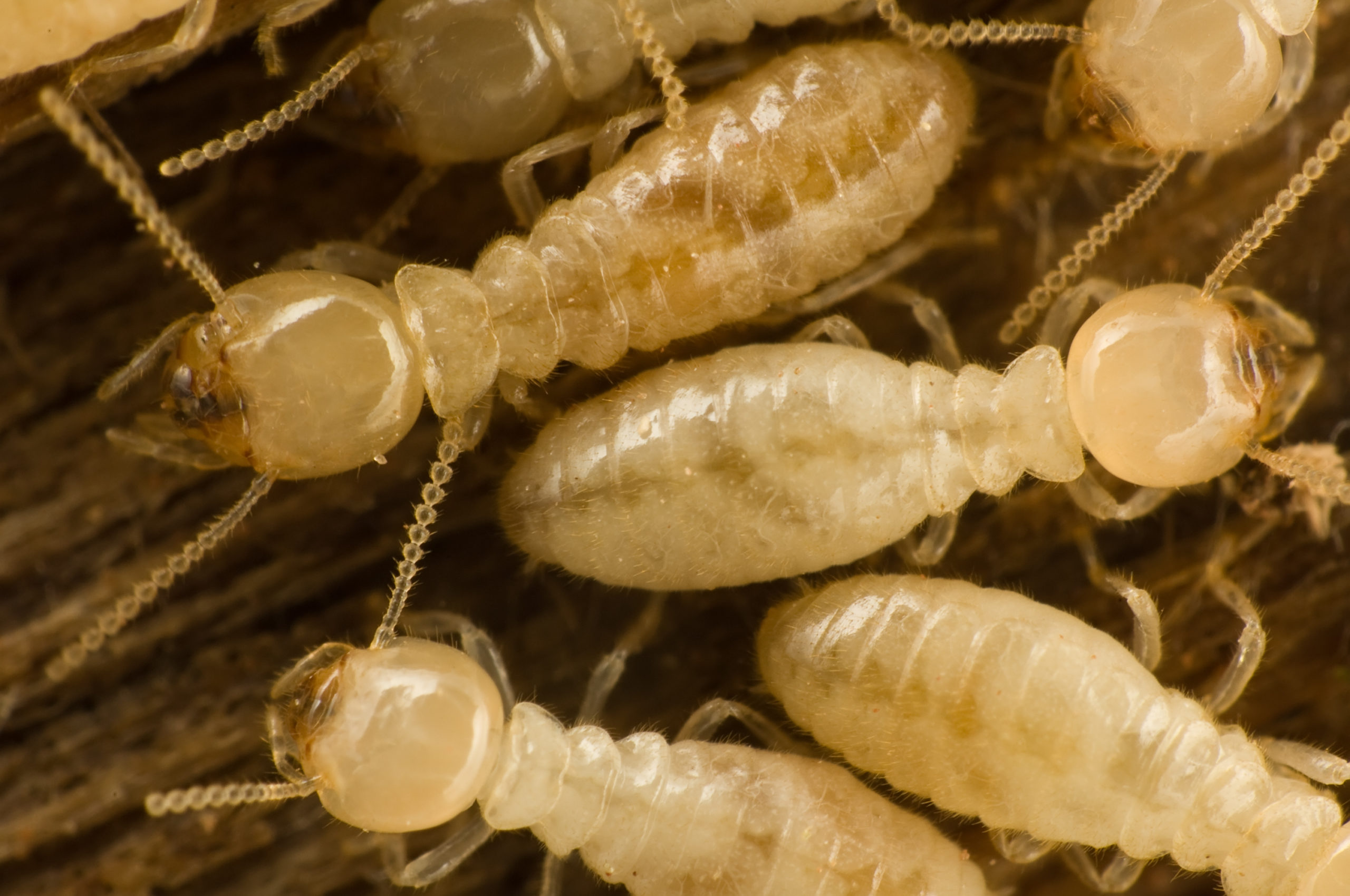
- Subterranean termites: live in soil and build nests in wood and other cellulose materials, such as paper and cardboard.
- Drywood termites: live in wood and their colonies are typically found in walls, attic, and other wood structures.
- Formosan termites: live in soil and nest in wood and other cellulose materials, but can also nest in soil, bricks, and concrete.
- Dampwood termites: prefer moist wood, and are typically found in logs, stumps, dead trees, and wet wood structures.
Termites are found throughout Oregon, but the most common species in the state include subterranean, drywood, Formosan, and dampwood termites. Subterranean termites are the most widely distributed termite species in Oregon, with colonies typically found in soil, wood, and other cellulose materials. Drywood termites are typically found in walls, attics, and other wood structures, whereas Formosan and dampwood termites prefer moist wood and are typically found in logs, stumps, dead trees, and wet wood structures.
Termite Life Cycle in Oregon
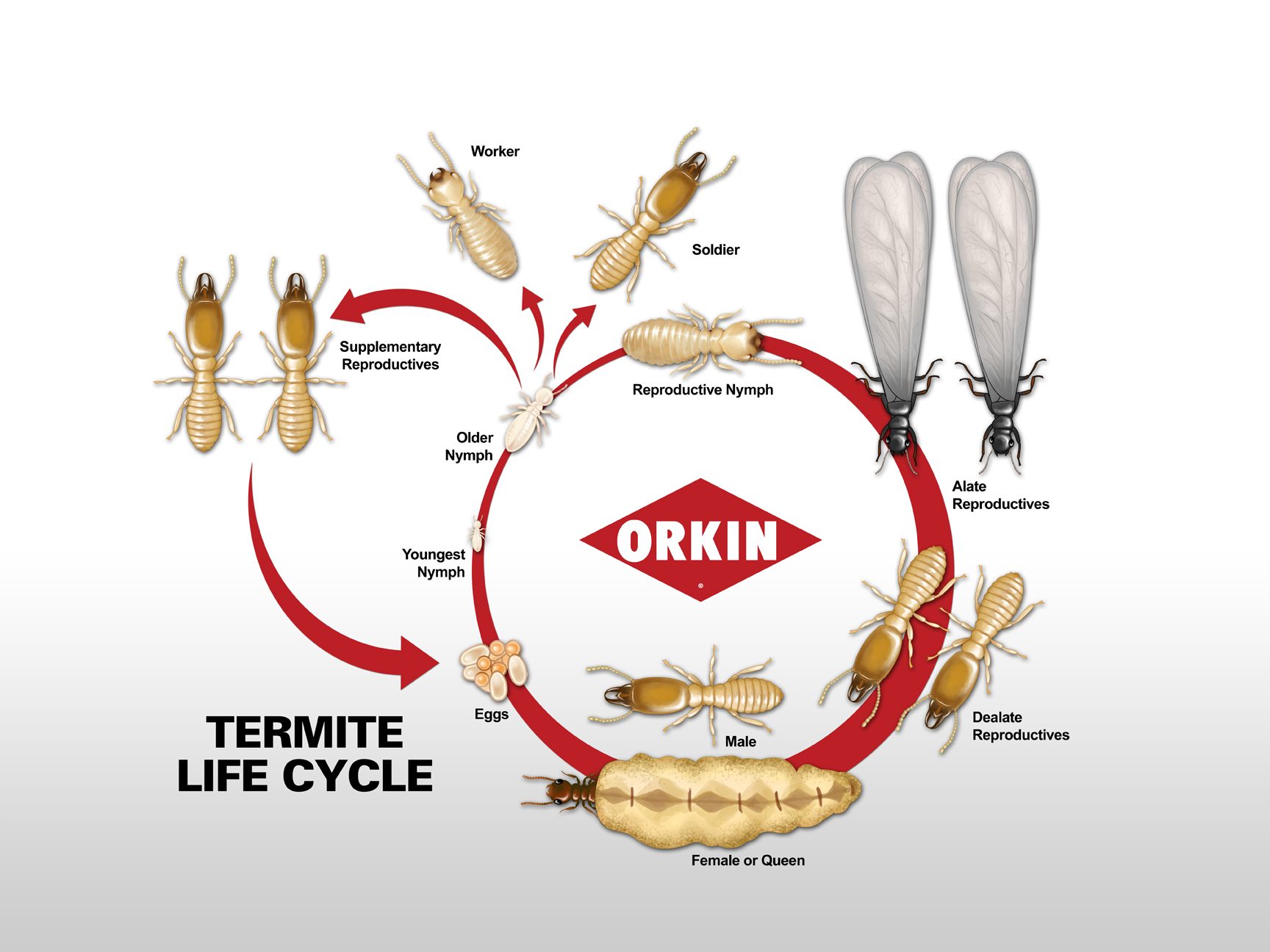
Oregon has an estimated five species of termites, including the eastern subterranean, dampwood, drywood, Formosan, and western subterranean termites. All species of termites in Oregon go through three life stages.
The first life stage is the egg stage. This is when female termites, also known as the queen, produce eggs. These eggs are laid in small clusters and hatch after several weeks.
The second life stage is the nymph stage. During this stage, the newly hatched termites molt into nymphs. Nymphs are the immature stage of the termite and are unable to reproduce.
The third life stage is the adult stage. During this stage, the nymphs develop into adults. The adults are the reproductive members of the colony and are responsible for producing the eggs.
Termites typically live in colonies and are social insects. The termites in a colony work together to build tunnels and mounds for protection and foraging for food. Termites in Oregon live about two to five years, although the queen termite can live up to 20 years.
Termites are considered a nuisance pest in Oregon. They can cause significant damage to structures if left untreated. It is important to regularly inspect your property for signs of termite activity and to contact a professional if you suspect an infestation.
Common Termites in Oregon
| Species | Damage |
|---|---|
| Western Subterranean Termites (Reticulitermes hesperus) | Feed on structural wood, and can cause extensive damage |
| Dampwood Termites (Zootermopsis angusticollis) | Feed on damp or decaying wood, typically found in stumps and logs |
| Drywood Termites (Incisitermes sp.) | Feed on dry wood and can cause severe damage to homes and other structures |
| Hairy Fungus Beetles (Anobiidae) | Feed on wood that has been damaged by fungi and can cause significant structural damage |
Oregon is home to several species of termites, including Western Subterranean Termites (Reticulitermes hesperus), Dampwood Termites (Zootermopsis angusticollis), Drywood Termites (Incisitermes sp.), and Hairy Fungus Beetles (Anobiidae). Western Subterranean Termites feed on structural wood, and can cause extensive damage. Dampwood Termites feed on damp or decaying wood, typically found in stumps and logs. Drywood Termites feed on dry wood and can cause severe damage to homes and other structures. Hairy Fungus Beetles feed on wood that has been damaged by fungi and can cause significant structural damage.
Common Termites Damage in Oregon
Oregon is home to several different species of termites, including dampwood, drywood, subterranean, and formosan termites. All of these species can cause damage to homes, furniture, books, and other materials. Common signs of termite damage include hollowed-out wood, mud tunnels along walls, and discarded wings near windows or doors. Termites can also cause damage to foundations, floor joists, and other support structures. If left untreated, the damage caused by termites can be very costly to repair.
Frequently Asked Questions
What are the Secrets of Termites in Oregon?
Termites in Oregon are unique in that they are found in both coastal and interior forests. They feed on dead wood, but also on living trees, and can cause considerable damage to buildings and other structures. Oregon’s termites can be divided into three major categories: subterranean, dampwood and drywood. Each type of termite has a unique set of behaviors, adaptations, and preferences that make them successful in the Oregon environment. Understanding these secrets is key to successfully managing these pests and protecting our homes and forests.
Are there any flying termites in Oregon?
Yes, there are several species of flying termites found in Oregon. The most common species of flying termite in Oregon is the Western Subterranean Termite. Other species include the Pacific Dampwood Termite, the Western Drywood Termite, and the Pacific Formosan Subterranean Termite. Flying termites are most active during the spring and summer months and can be seen swarming around lights at night. Infestations can be identified by the presence of discarded wings around windows and doors, as well as mud tubes on the outside of buildings.
What Should I Know About Termites in Oregon?
Termites are a common pest in Oregon, with several species of subterranean and drywood termite found throughout the state. These species of termite form colonies and can cause significant damage to wood structures in homes and businesses. Evidence of termite activity includes mud tubes and piles of sawdust-like material near wooden structures, as well as visible damage to wood. Homeowners should inspect their property regularly for signs of termites and contact a pest control professional if any are found. Treatment for termites in Oregon typically involves soil treatments, localized treatments, or fumigation.
What are the Signs of Termites in Oregon?
Signs of termites in Oregon include the presence of mud tubes and/or wings, small piles of sawdust-like material, and hollow-sounding wood. Termites may also leave droppings called “frass” that are made up of bits of wood, soil, and other material. These droppings are usually found near the areas of activity. Swarms of flying insects may also be present, which is a sign that a termite colony is nearby.
How can I protect my home from Termites in Oregon?
The best way to protect your home from termite infestation in Oregon is to implement a combination of preventative measures and regular inspections. To prevent termites, inspect your home and surrounding areas for signs of existing infestations, seal all potential points of entry, and eliminate sources of moisture and food. Additionally, it is important to maintain a barrier of treated soil around your home and to remove any dead or decaying wood from your property. When it comes to inspections, it is recommended to have your home inspected at least once per year by a professional pest control company.
Conclusion
The presence of termites in Oregon is an ongoing problem. Homeowners should be aware of the potential damage that termites can cause, and the best way to prevent an infestation is to be aware of the signs and take steps to protect your home. In addition, it is important to find a qualified pest control specialist to inspect your property and take necessary measures to prevent and manage termite infestations. With proper knowledge and preventative measures, homeowners can effectively manage a termite problem.

